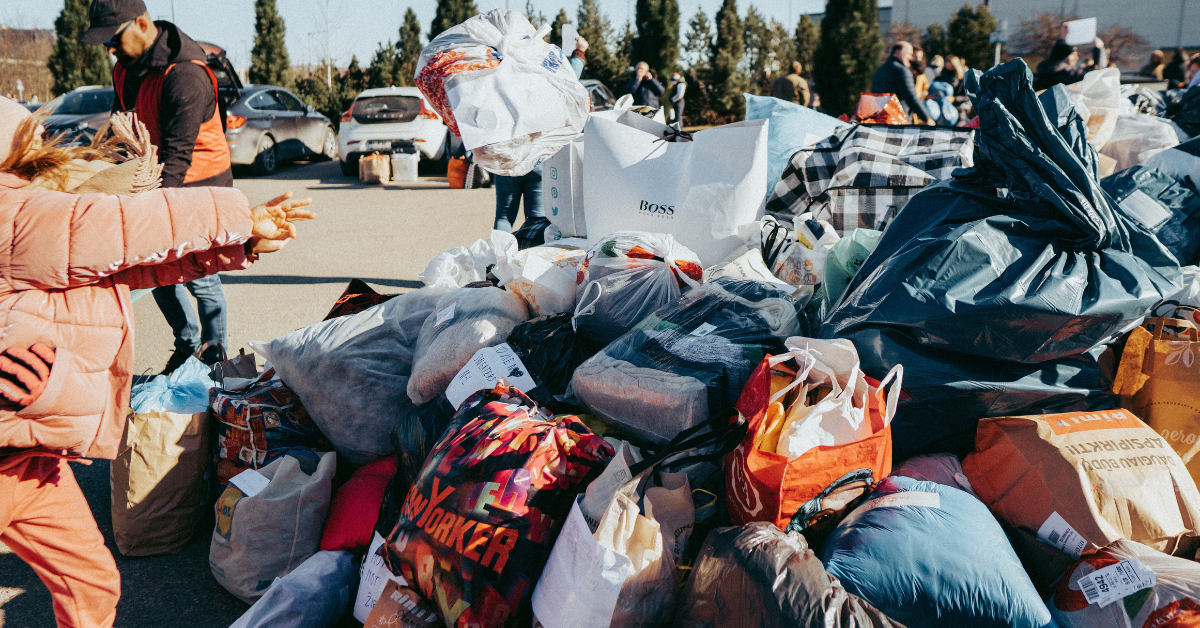When disaster strikes and communities face adversity, the outpouring of generosity from individuals and organizations is both heartwarming and essential. However, as the response to a crisis intensifies, an unforeseen challenge emerges: the "second disaster" phenomenon.
This intriguing term refers to the unintended consequences of well-meaning but unsolicited donations flooding disaster areas, often causing more harm than good. In this post, we will delve into the complexities of the second disaster, exploring its implications on disaster recovery and how Rebuild's innovative platform is helping to overcome this challenge.
Understanding the Second Disaster
The second disaster occurs when communities inundated with unsolicited donations struggle to manage and distribute the influx of goods effectively. While the intention behind these contributions is undoubtedly compassionate, the reality is that without a coordinated approach, they can create logistical nightmares for relief efforts. Emergency personnel, already grappling with disaster response, find themselves dealing with the daunting task of sorting through piles of donations, leading to inefficiency and wasted resources.
The Unintended Consequences
Unsolicited donations, while well-intentioned, may not align with the immediate needs of disaster survivors or the affected community. Items received in excess or not required at the time can lead to storage challenges, diverted resources, and a lack of focus on addressing the most pressing needs. As a result, the second disaster phenomenon becomes a crucial issue in the aftermath of a crisis, hampering recovery efforts and hindering effective support for those who truly need it.
The Role of Technology in Mitigating the Second Disaster
Enter Rebuild, a game-changing platform designed to bridge the gap between donors and recipients, and revolutionize the way in-kind donations are managed. Rebuild's universal registry system empowers individuals and organizations to create specific lists of their needs, enabling donors to provide targeted support directly. This streamlined approach ensures that every contribution counts and aligns with the recipients' requirements, minimizing the second disaster's impact and maximizing the positive change.
By utilizing Rebuild's platform, donors gain valuable insights into the specific needs of individuals and organizations affected by disaster or adversity. With the ability to view detailed lists and preferences, donors can make well-informed contributions that have an immediate and meaningful impact. Moreover, Rebuild's universal registry expands the reach of support, connecting donors and recipients beyond geographical boundaries, fostering a global community of compassion and resilience.
Understanding the second disaster phenomenon is crucial in ensuring that our generosity truly makes a difference in the lives of those in need. Rebuild's innovative platform presents an opportunity to revolutionize the way we approach disaster relief and support, emphasizing targeted, tailored, and dignified assistance. Together, we can harness the power of technology and compassionate giving to foster a world where every donation counts and brings hope, healing, and resilience to communities facing adversity.
%20(167%20%C3%97%2051%20px).png)



